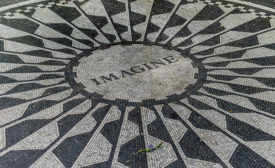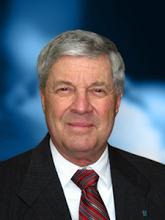OSHA
Closing Time
What legacy are you leaving?
‘Next-gen’ pros need mentors & coaches
February 26, 2018
Leaders: A purposeful presence can open up safety dialog
Wallow with your people
January 1, 2018
Focus on organizational and human factors impacting risk
Hit the reset button
December 12, 2017
Re-Imagining OSHA in the Trump era
Would doing away with safety regs help or hurt you?
September 1, 2017
The OSHA blaming and shaming game
Does negative press change corporate misbehavior?
August 1, 2017
Become a Leader in Safety Culture
Build your knowledge with ISHN, covering key safety, health and industrial hygiene news, products, and trends.
JOIN TODAYCopyright ©2025. All Rights Reserved BNP Media.
Design, CMS, Hosting & Web Development :: ePublishing













